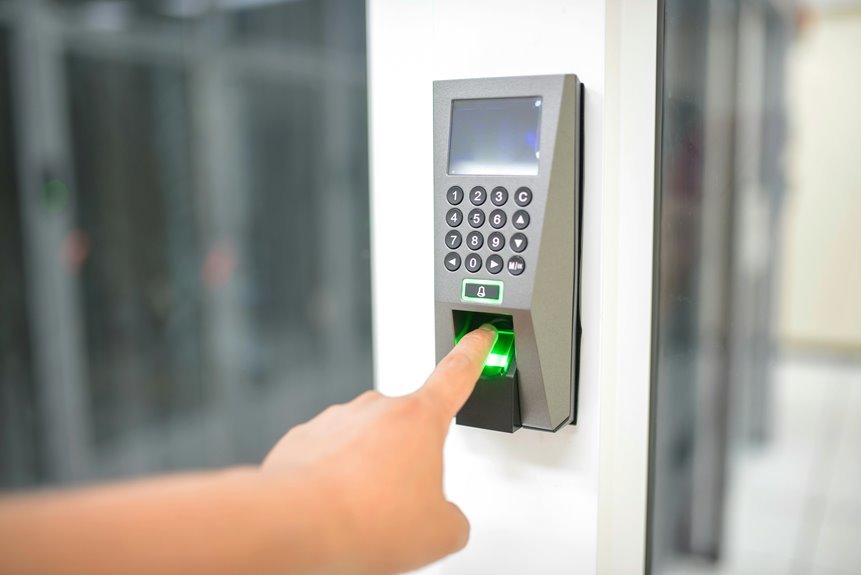The Digital Caller Identity Tracking Control System presents a significant advancement in telecommunications. It integrates sophisticated authentication protocols with privacy measures to enhance user security. This system not only aids individuals in identifying potentially fraudulent calls but also streamlines communication for organizations. As the landscape of digital communication evolves, understanding the implications of such a system becomes critical. The following analysis will explore its features and the broader impact on both personal and professional interactions.
Features of the Digital Caller Identity Tracking Control System
The Digital Caller Identity Tracking Control System offers several critical features designed to enhance communication security and user experience.
Central to its functionality are robust user authentication protocols, ensuring that only authorized individuals can access sensitive information.
Additionally, the system incorporates advanced privacy protection measures, safeguarding user data from unauthorized access and maintaining confidentiality, thereby empowering users with greater control over their communications and personal information.
Benefits of Enhanced Caller Identification
While enhanced caller identification systems streamline communication processes, they also provide significant benefits that extend beyond mere identification.
These systems bolster caller safety by facilitating informed decision-making regarding incoming calls, thereby reducing the risk of scams.
Additionally, they enhance privacy protection, allowing users to manage their personal information more effectively.
Ultimately, these advantages empower individuals to maintain control over their communication environment.
Impact on Personal Communication
Enhanced caller identification systems significantly reshape personal communication by enabling users to discern the nature of incoming calls with greater accuracy.
While this advancement enhances social interactions, it simultaneously raises privacy concerns. Individuals may feel scrutinized when their identity is revealed, potentially altering the dynamics of personal exchanges.
Thus, balancing enhanced identification with the preservation of privacy becomes essential in fostering authentic communication.
Impact on Professional Communication
As organizations adopt advanced caller identification systems, the landscape of professional communication undergoes a significant transformation.
Enhanced caller reputation mechanisms improve trust in incoming communications, thereby increasing communication efficiency. This shift reduces the frequency of spam and fraudulent calls, allowing professionals to focus on meaningful interactions.
Ultimately, these systems empower organizations to streamline communication processes, fostering a more productive and efficient work environment.
Conclusion
In conclusion, the Digital Caller Identity Tracking Control System significantly transforms communication by enhancing security and user control. For instance, a hypothetical scenario involving a small business owner receiving a call from a potentially fraudulent number illustrates the system’s effectiveness. By identifying the caller’s legitimacy, the owner can avoid scams, protect sensitive information, and maintain trust with legitimate clients. Ultimately, this system not only safeguards individual interactions but also elevates the overall integrity of communication practices.





